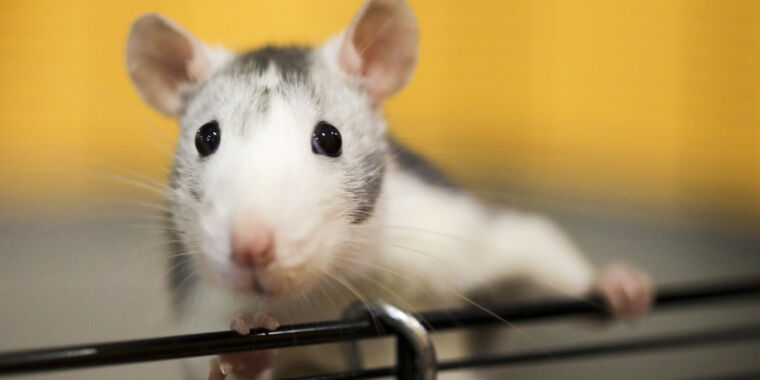- cross-posted to:
- nottheonion@lemmy.world
- technology@lemmit.online
- cross-posted to:
- nottheonion@lemmy.world
- technology@lemmit.online
Scientists aghast at bizarre AI rat with huge genitals in peer-reviewed article | It’s unclear how such egregiously bad images made it through peer-review.::It’s unclear how such egregiously bad images made it through peer-review.



Scientific articles should never be retracted. Publishers should make that impossible. Scientists should have balls and be able to stand by their word.
no it’s important to have a mechanism by which to say “this was wrong. we fucked up. don’t use this as a source, attempt to replicate it, or use its results as a basis for new research.” intellectual honesty and rigor are more important than “balls”.
I don’t see the problem with attempting to replicate it, so long as you are informed that (as far as we now know) the experiment will not go the way it was intended. But you might learn something new, or find out that in specific circumstances, it actually does work.
Yes. But then you do not delete anything. You ADD this statement and leave the original stuff untouched, so that everybody can see afterwards what has been going on.
(Unless you want to become a politician)
funny, that’s exactly what a retraction is. you don’t destroy the original stuff, you just publish a statement that says “Hey, that stuff? it’s no good.” individual journals have their own policies, of course, but that’s the template from which reputable journals build their policies. so the problem you’re trying to fix simply doesn’t exist.
They had to have balls as big as that rat’s to publish it in the first place.
Retractions are important in case issues with the method are found after publication. For example, if it turns out a piece of equipment was improperly calibrated and so the results can’t be trusted, a retraction of any work based on those results would be expected.